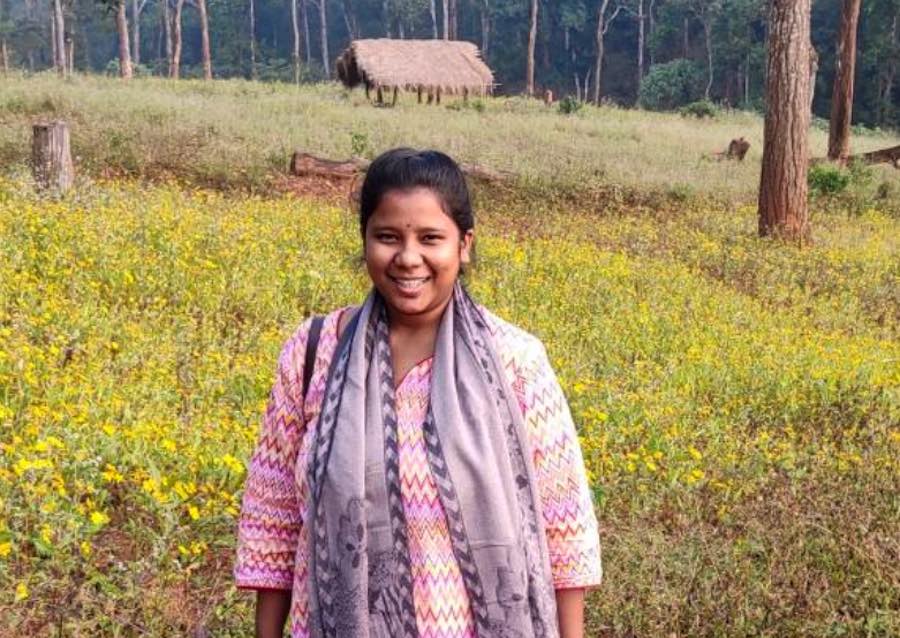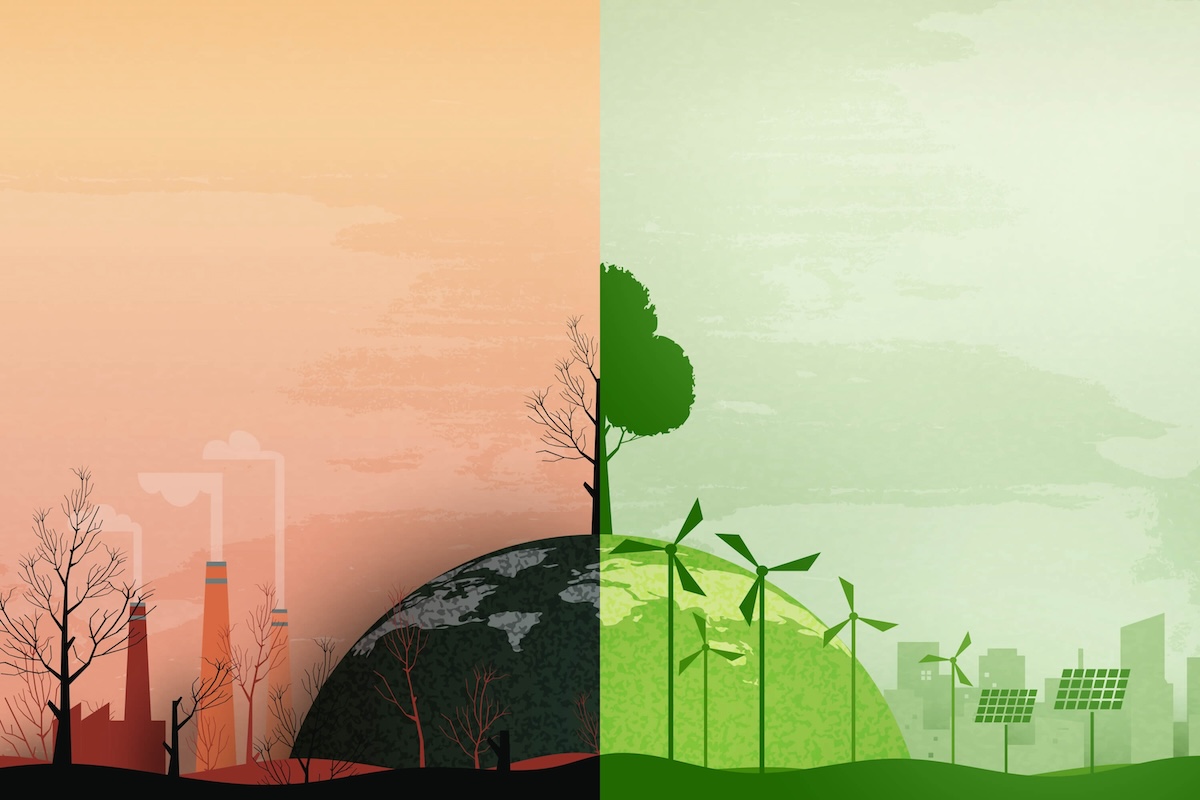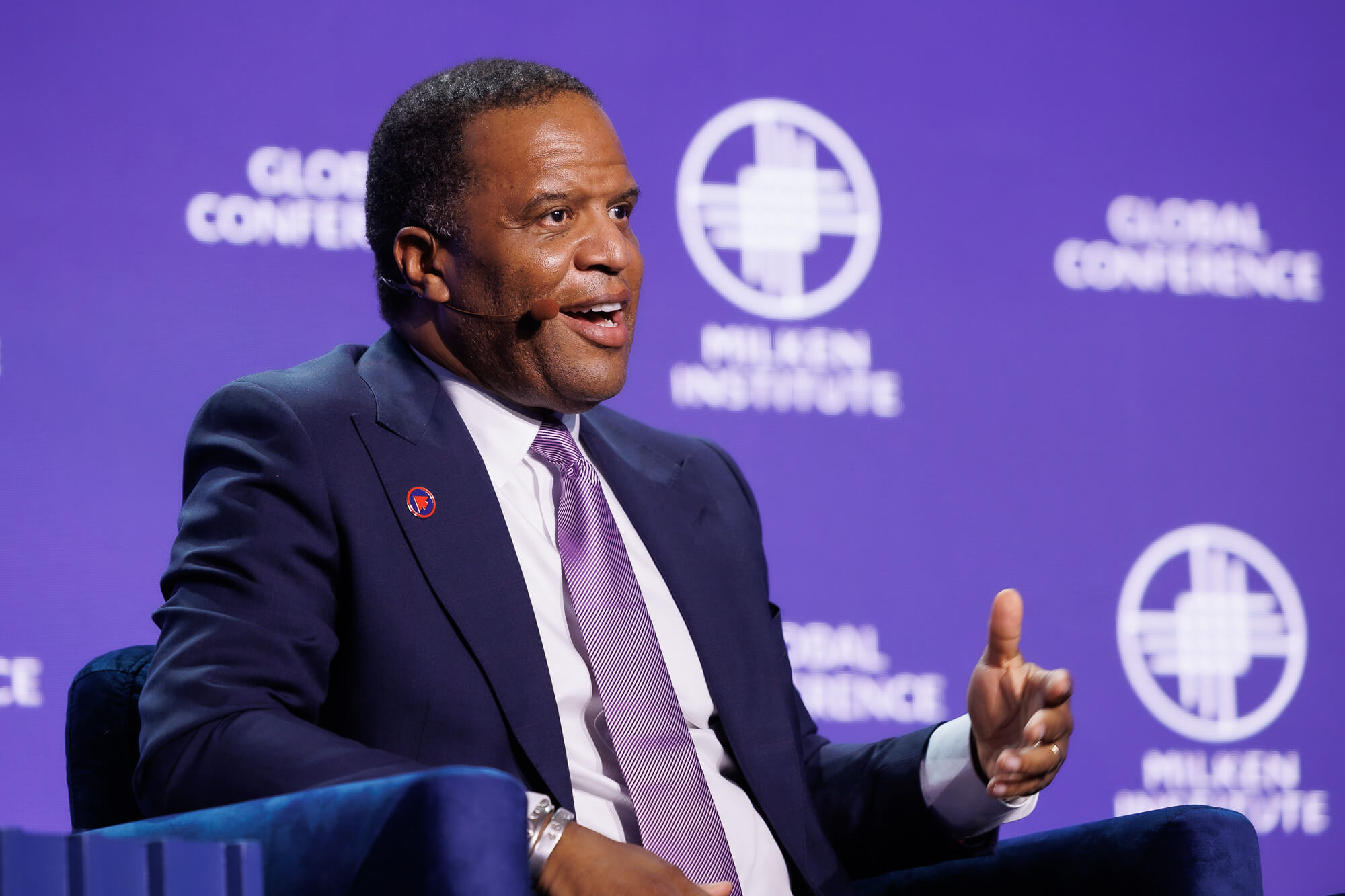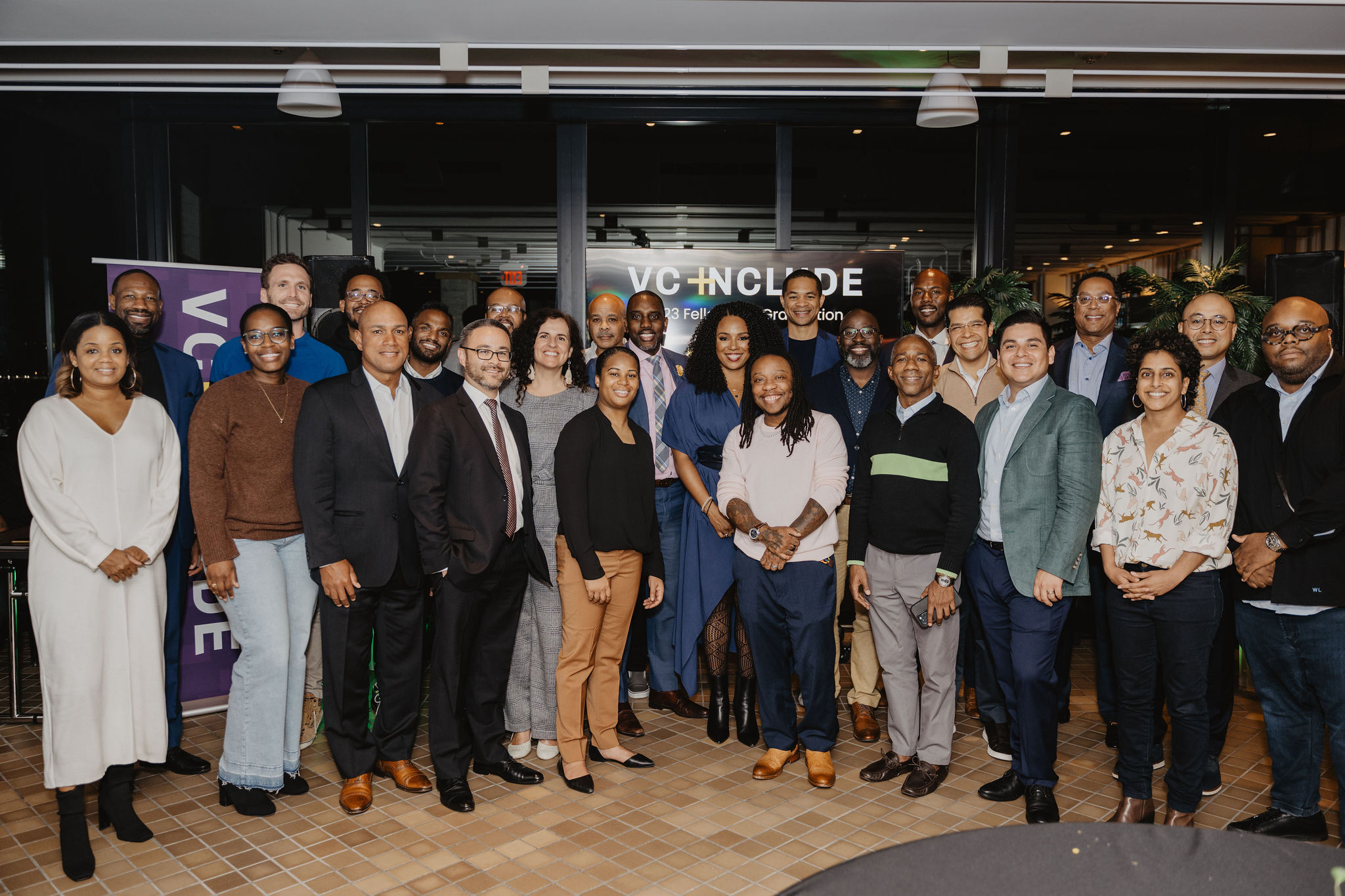ImpactAlpha, Oct. 2 – Global efforts to turn back the tide of biodiversity loss may be missing the trees for the forest.
The talk of this week’s United Nations biodiversity summit was the 30×30 pledge to double the Earth’s protected land and water to 30% by 2030. But it took activists like Soreng, a member of the Khadia tribe in India’s Odisha state, to point out that without sufficient safeguards, such conservation policies can lead to human rights abuses and the displacement of indigenous communities.
The 30×30 effort “could constitute the biggest land grab of the world’s history, reducing millions of people to landless poverty, all in the name of conservation,” warned Soreng, who researches indigenous culture and rights. Soreng, 24, is one of seven members of a U.N. youth advisory group on climate and the only one to speak at the summit. She has advocated for tribal communities to create and control businesses that improve livelihoods through sustainable production.
Soreng’s concerns are shared by a broad range of human rights groups. At least 139 organizations largely from the global South signed a “peoples’ response” to the biodiversity summit that charged that corporate and financial voices are drowning out local communities and Indigenous peoples who have long been stewards of the land.
Collaborative models exist. In Nepal and Namibia, community forests are communally governed and sustainably managed by locals. In Australia, Indigenous Protected Areas cover roughly 168 million acres. And some leaders are listening. Canada’s Justin Trudeau vowed to “work with Indigenous Peoples who are our partners in protecting the land” to protect one-quarter of the country’s land and ocean by 2025, and 30% by 2030.
“We are ready to work with you to reverse the biodiversity loss,” Soreng told world leaders. “The question is, are you?”











